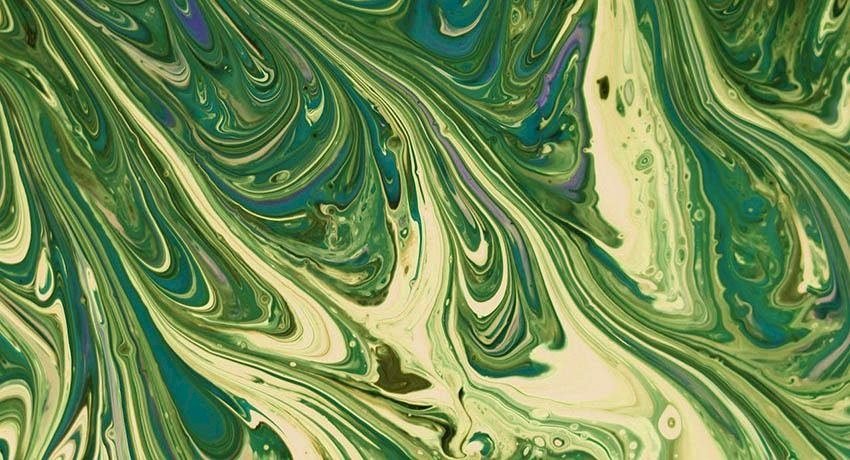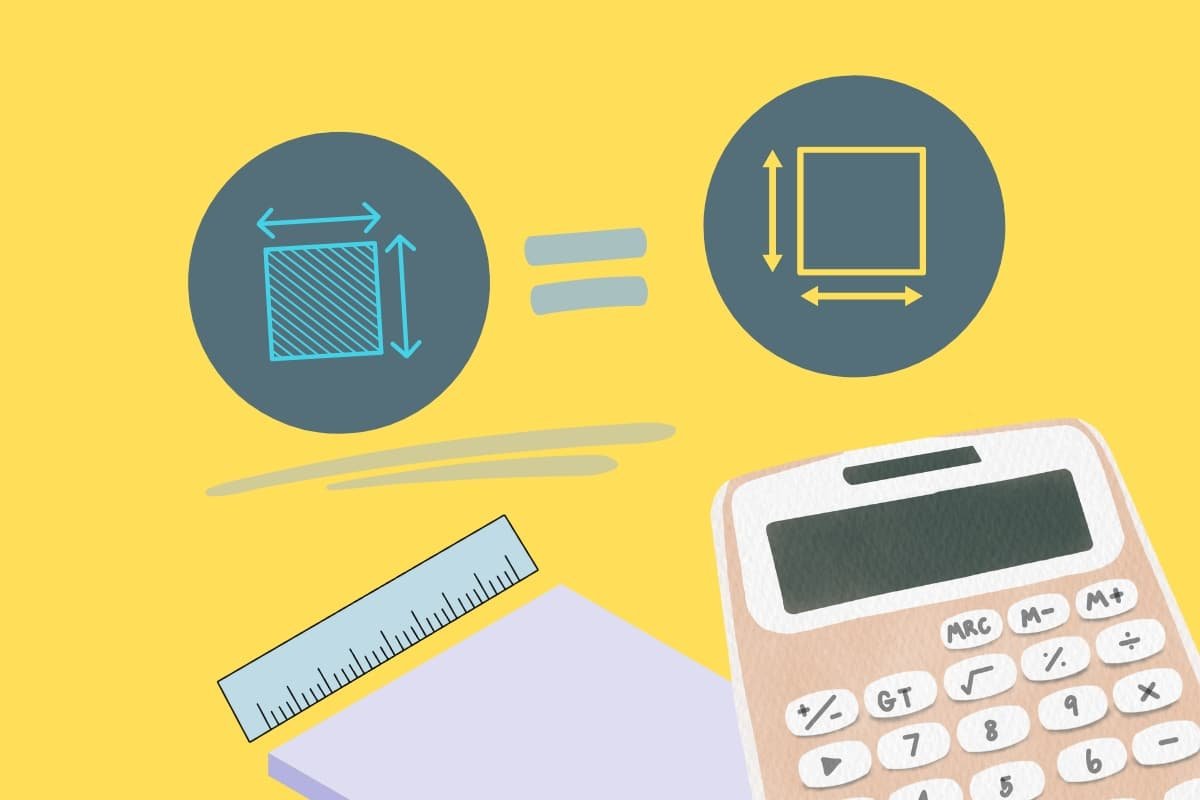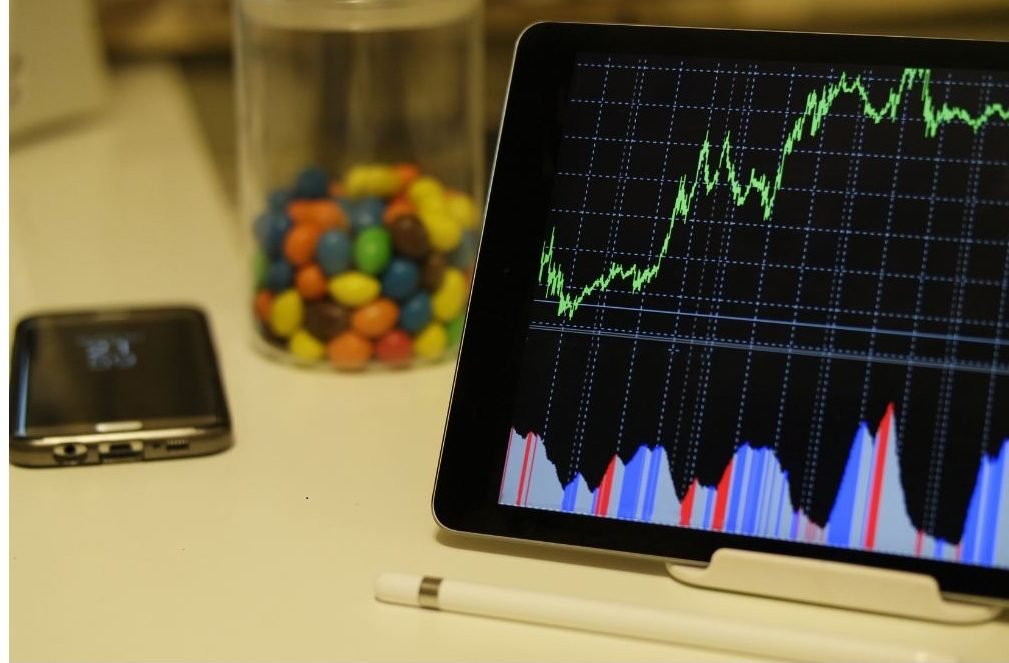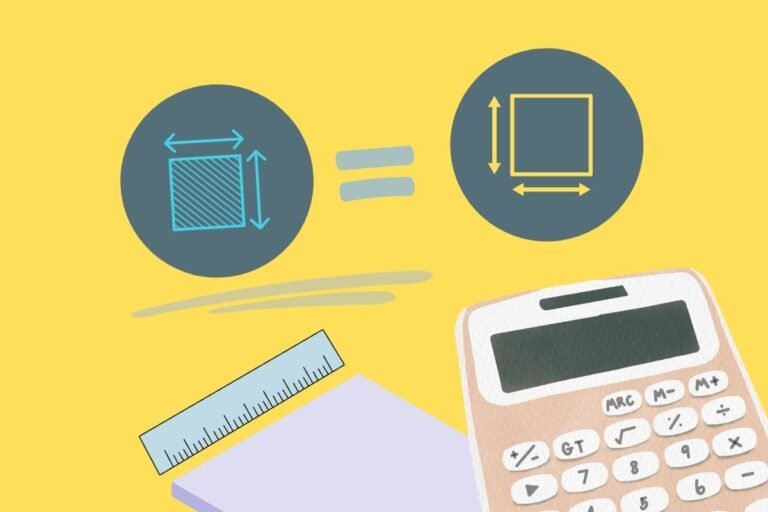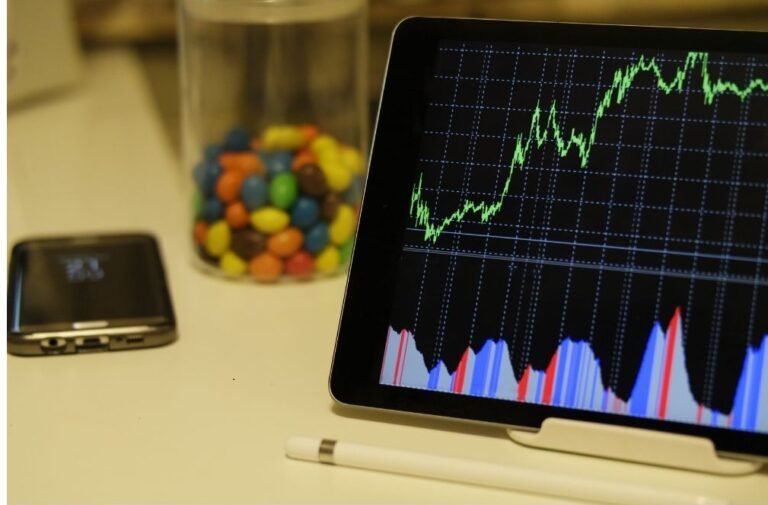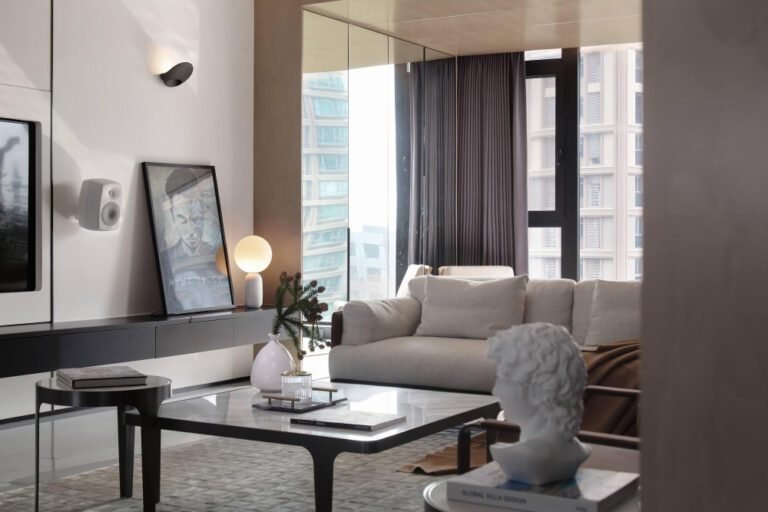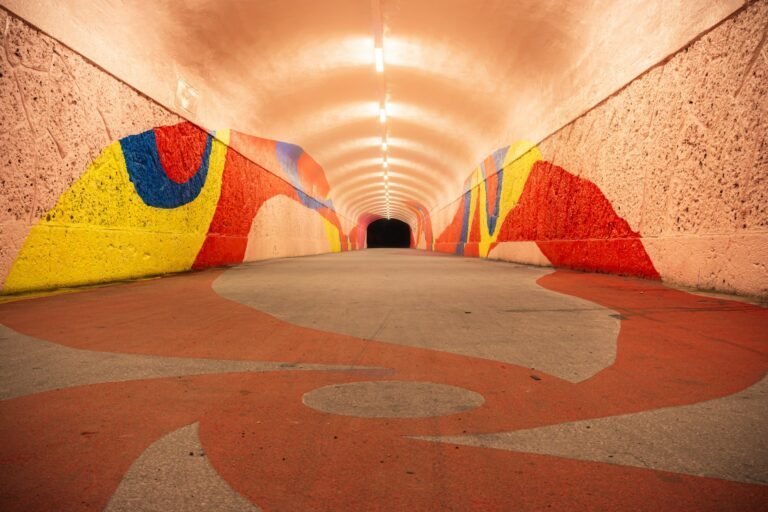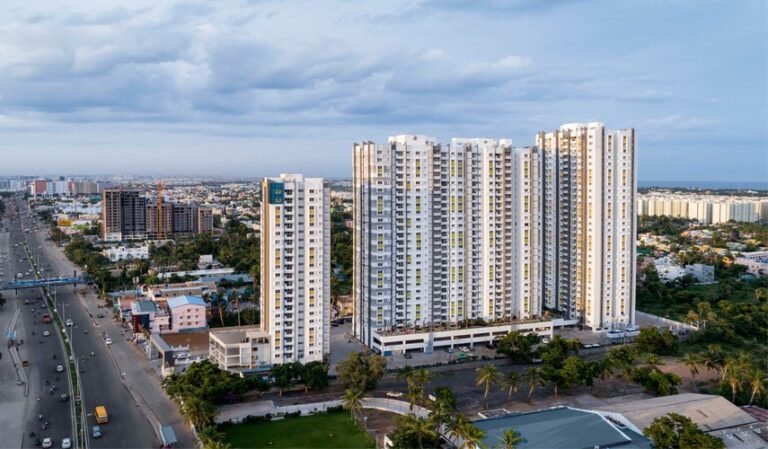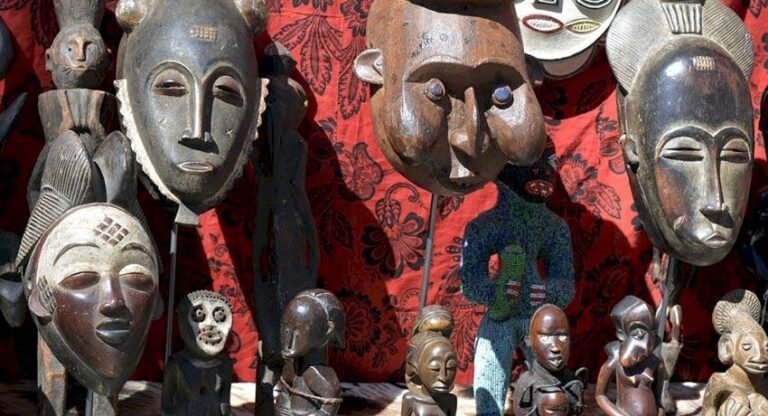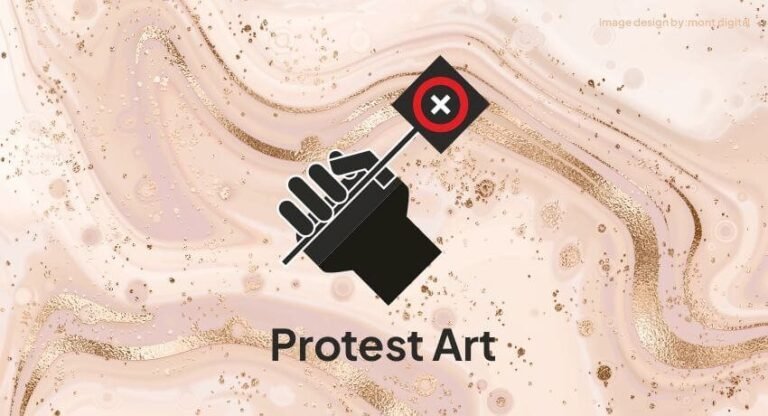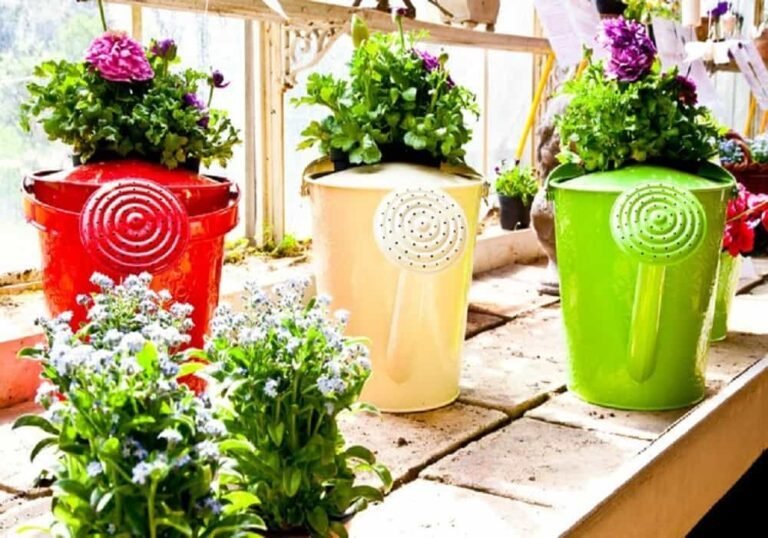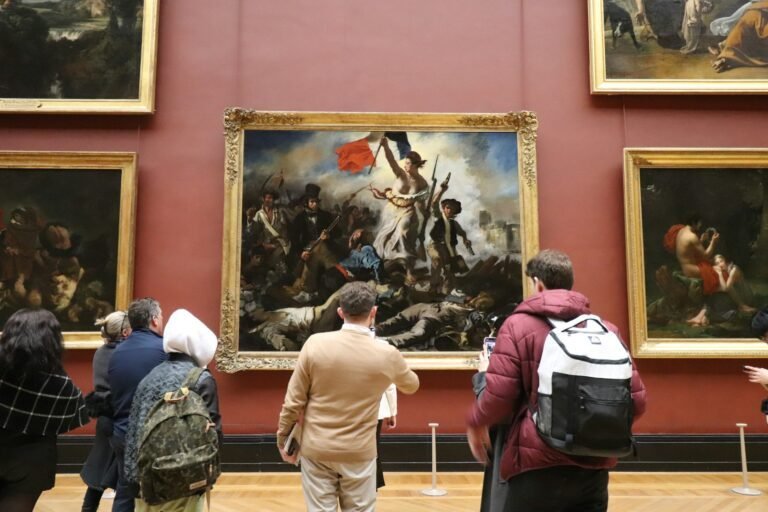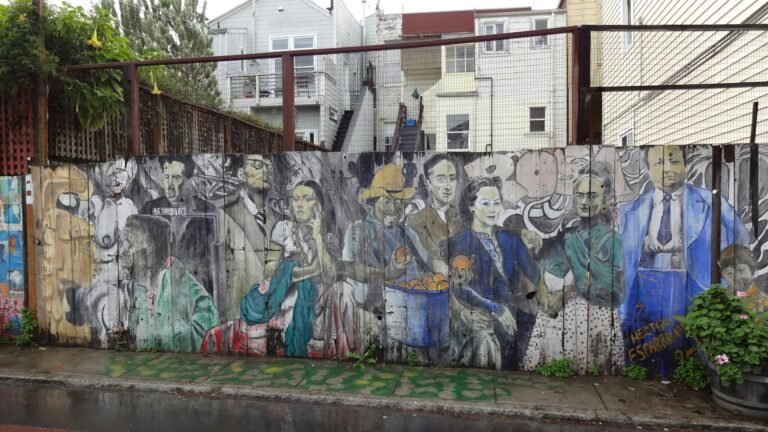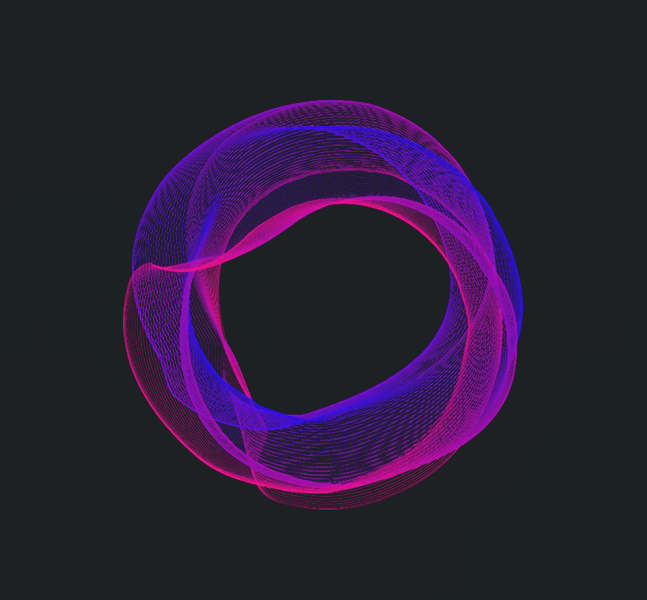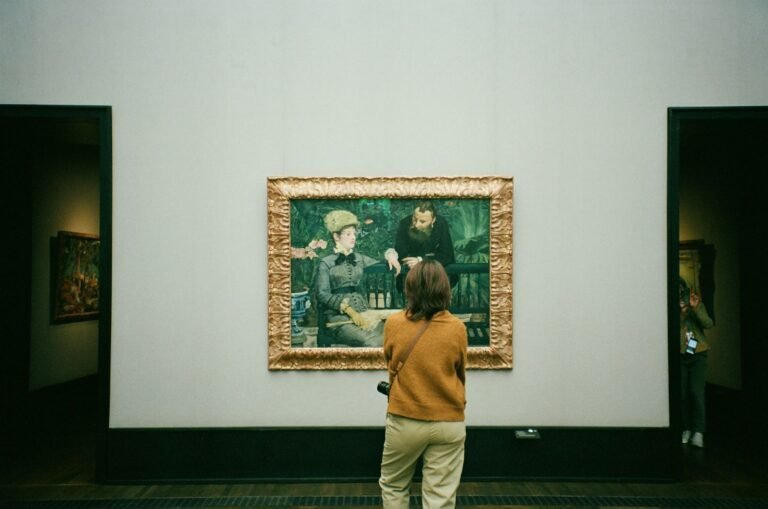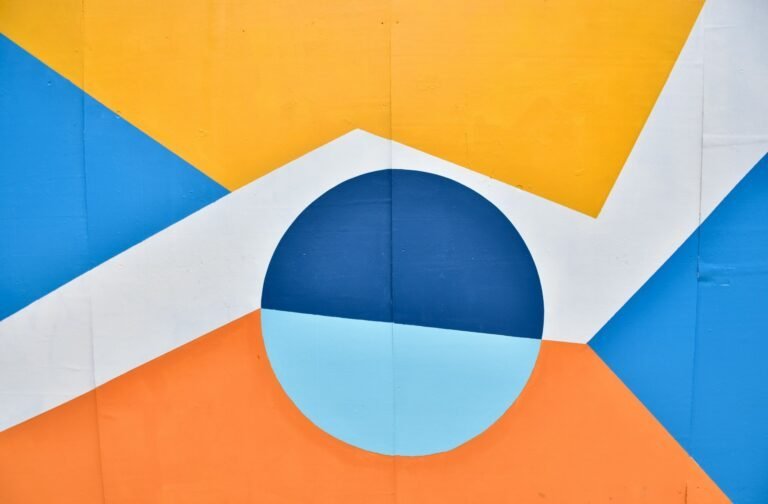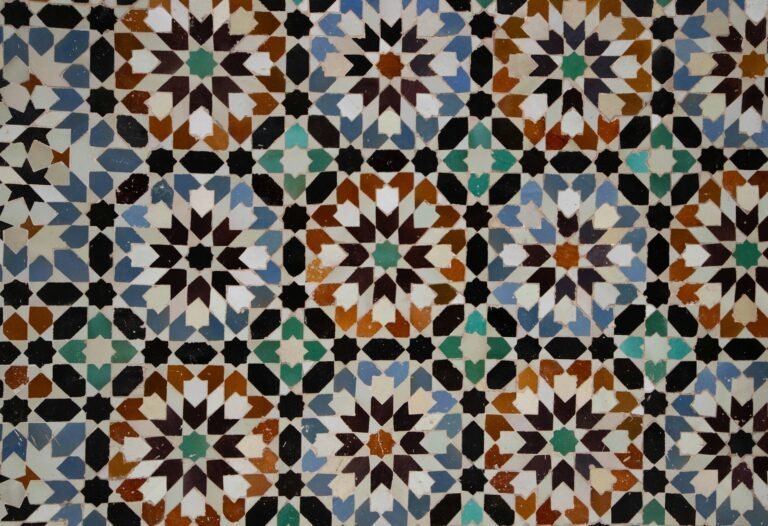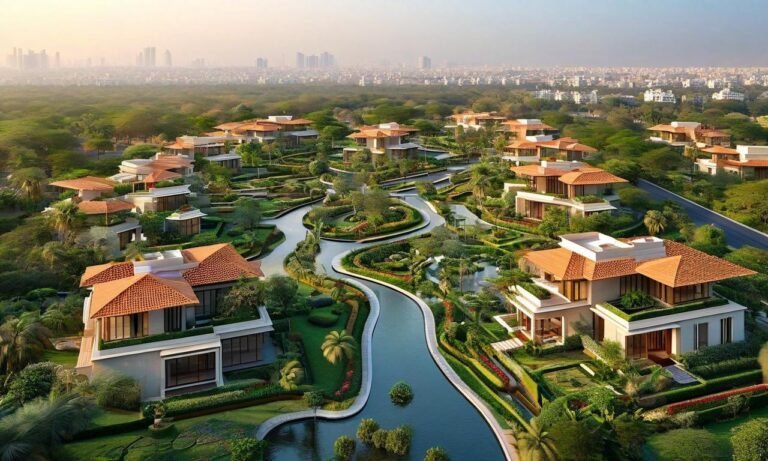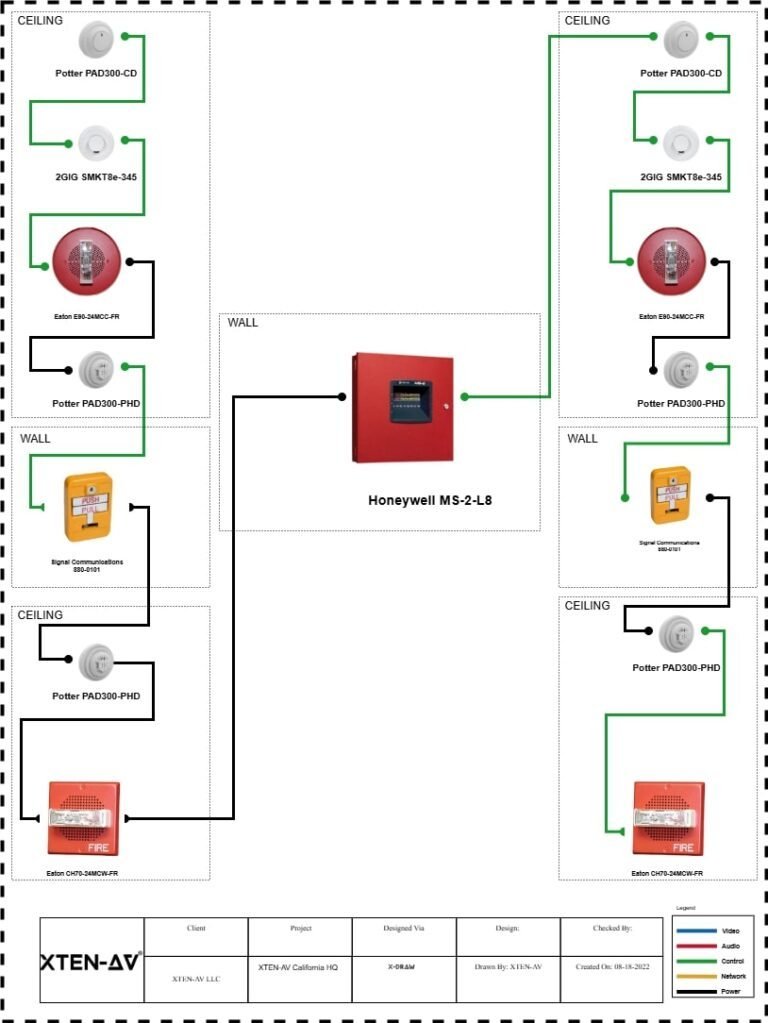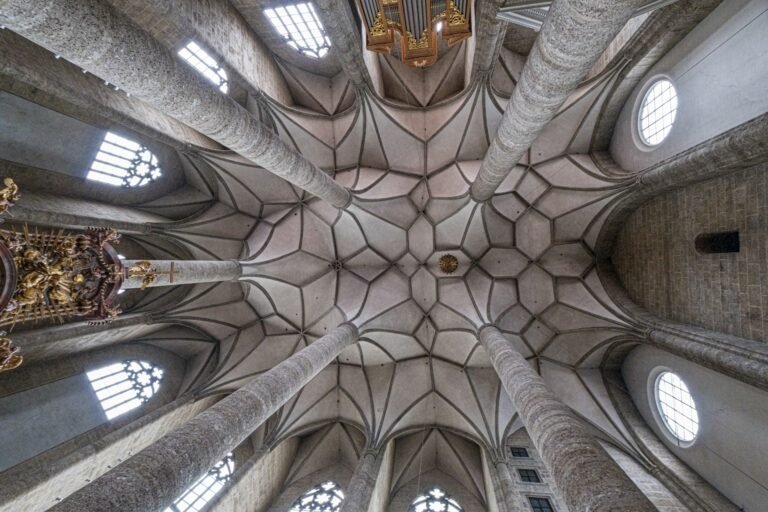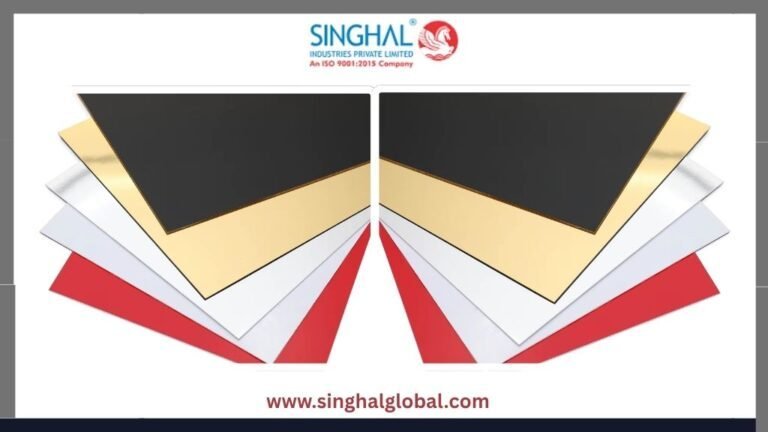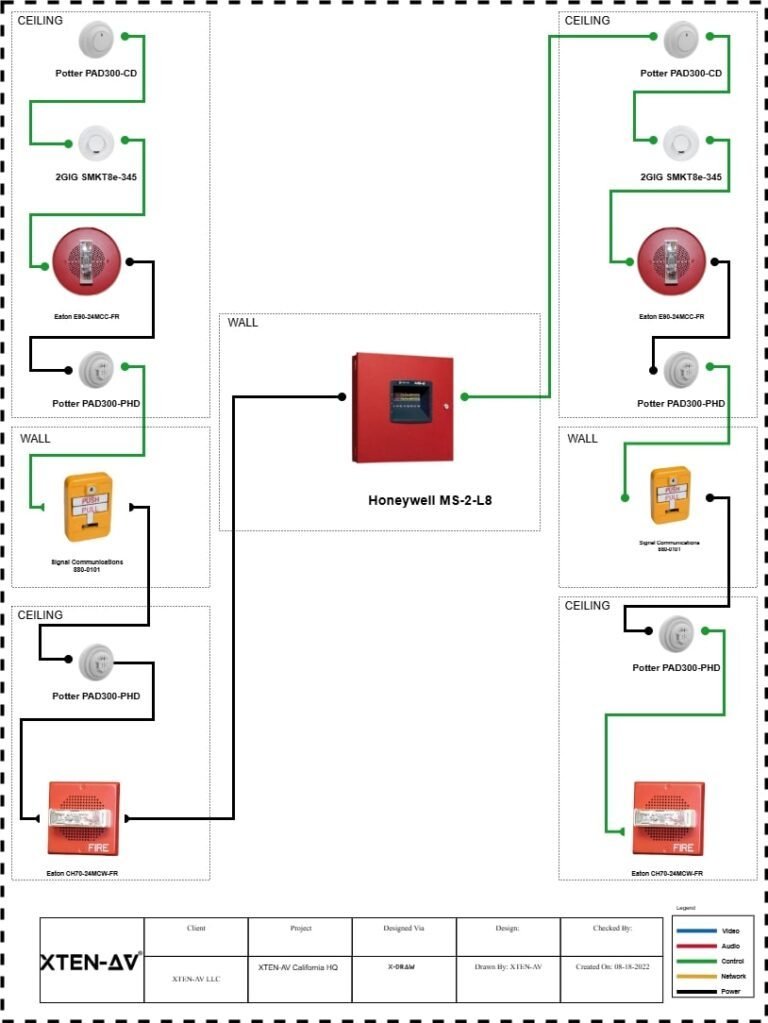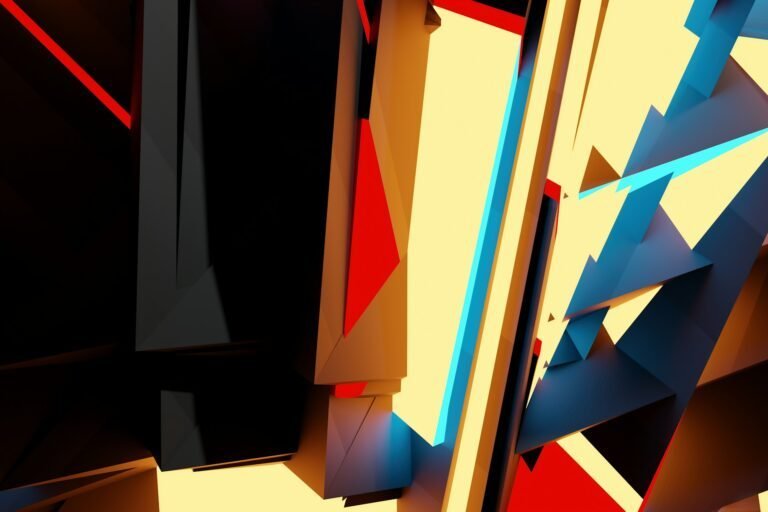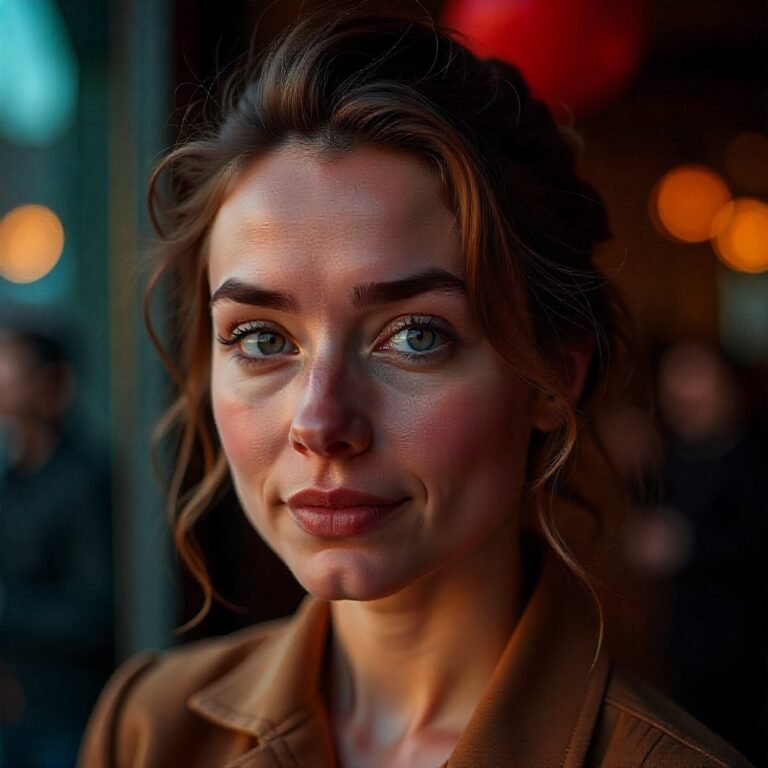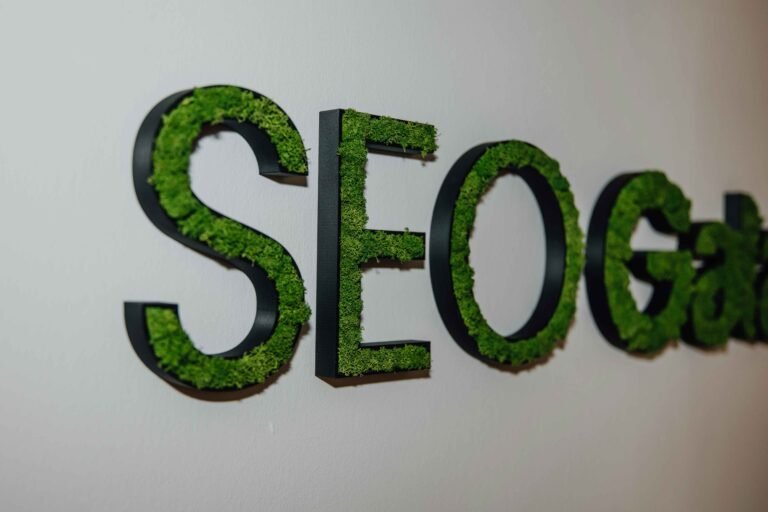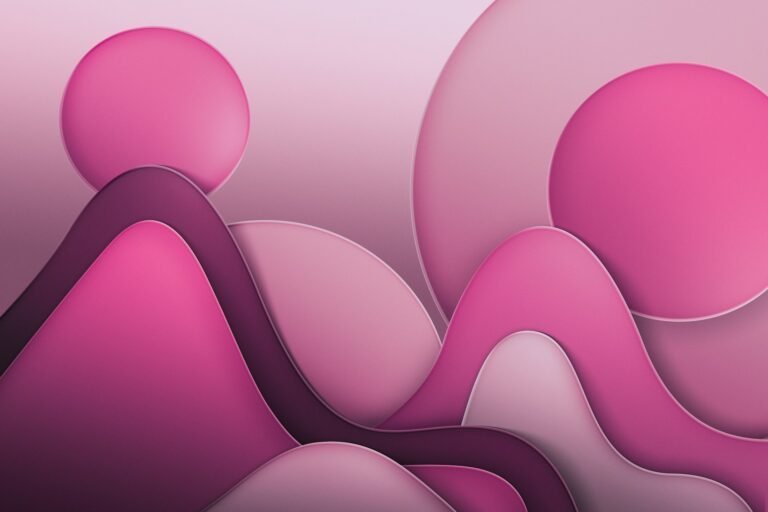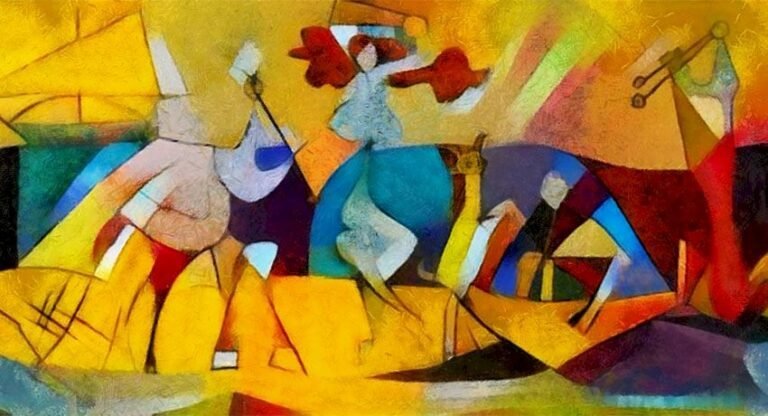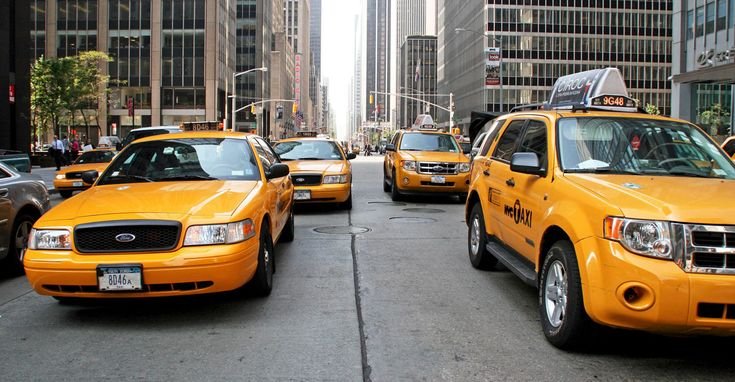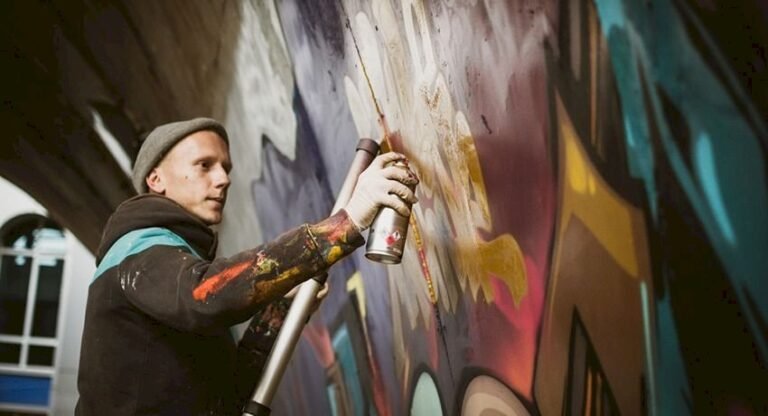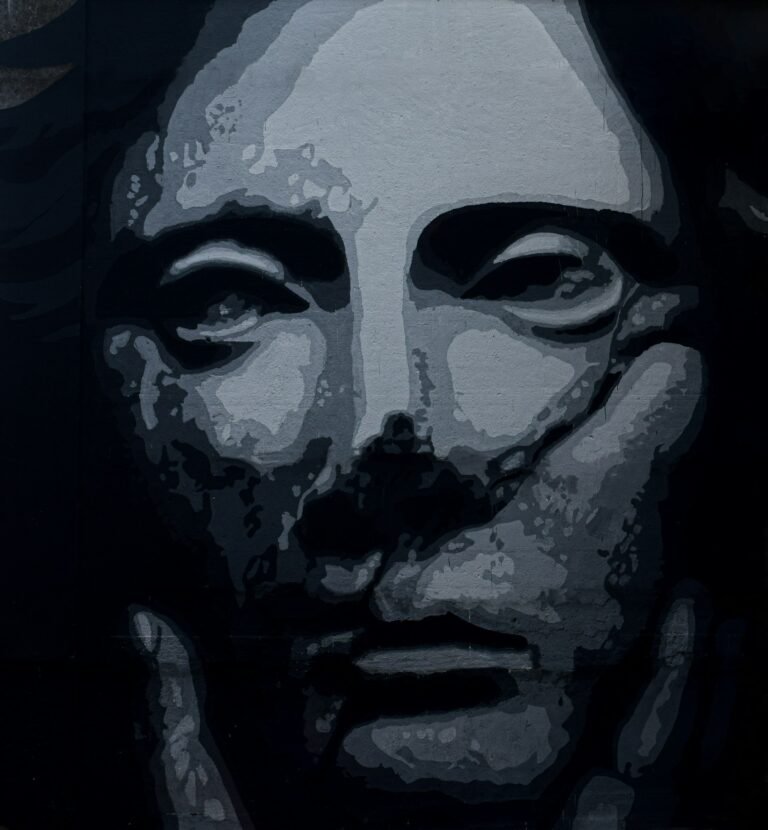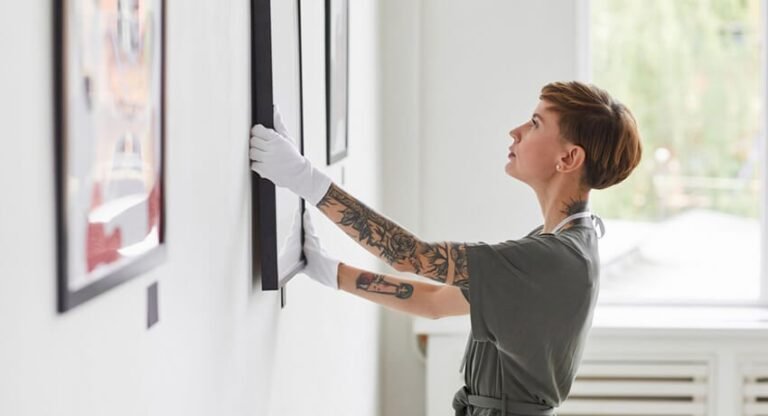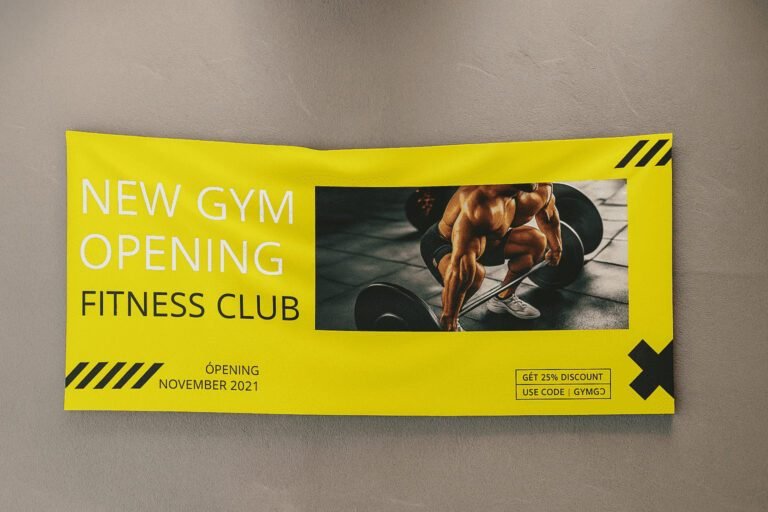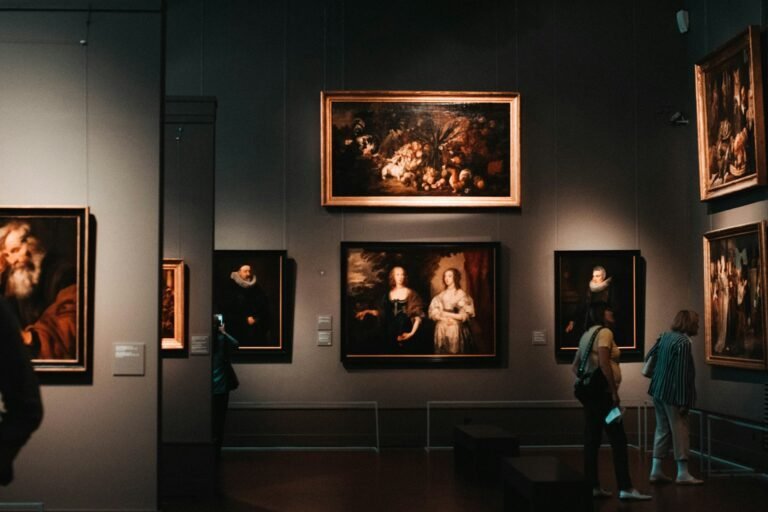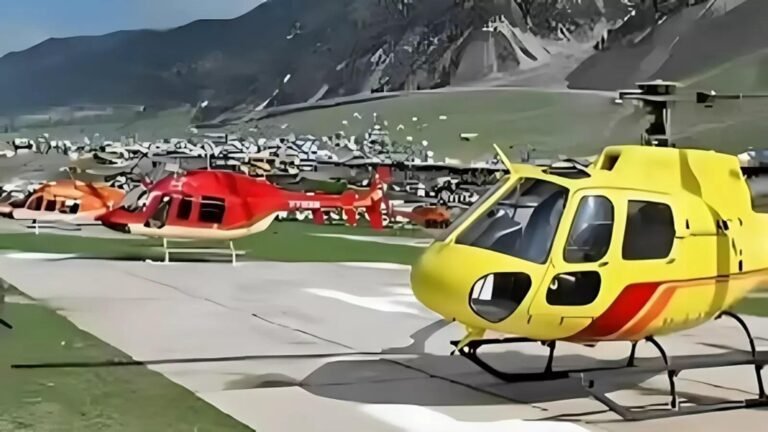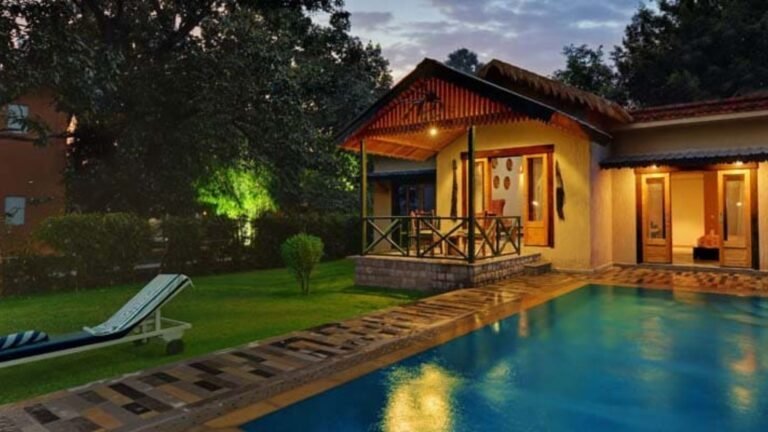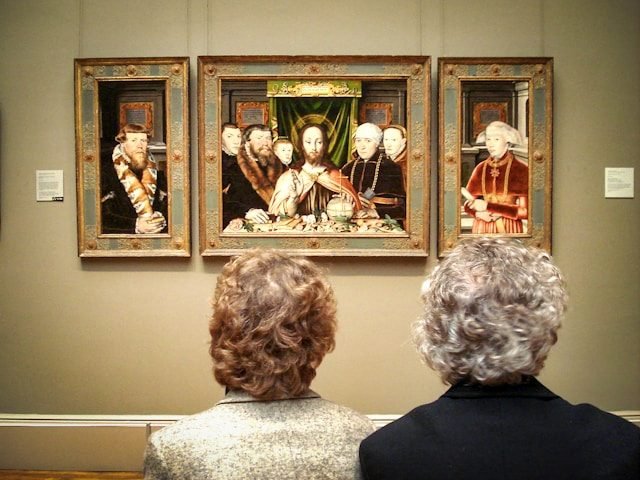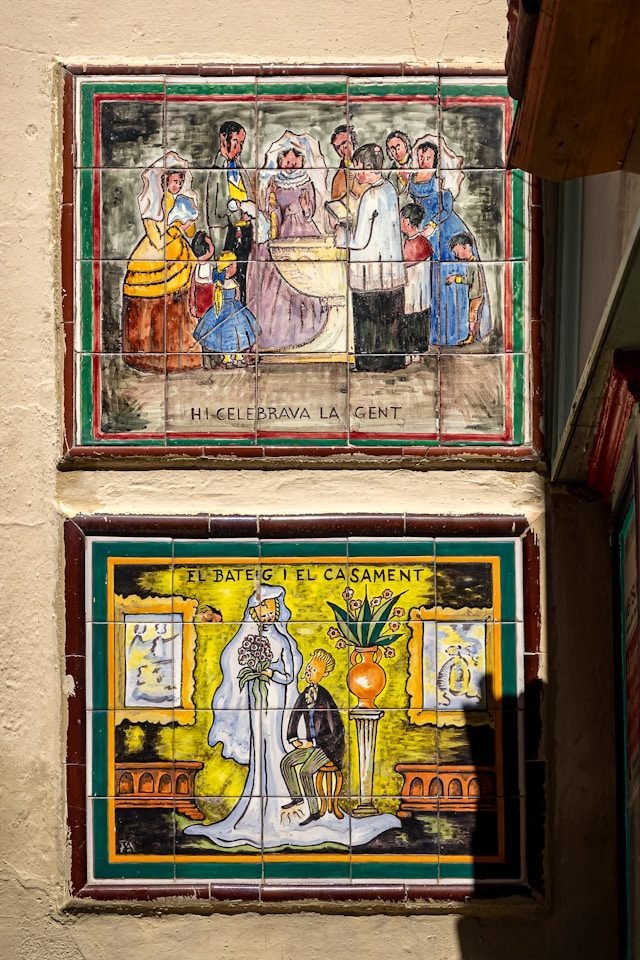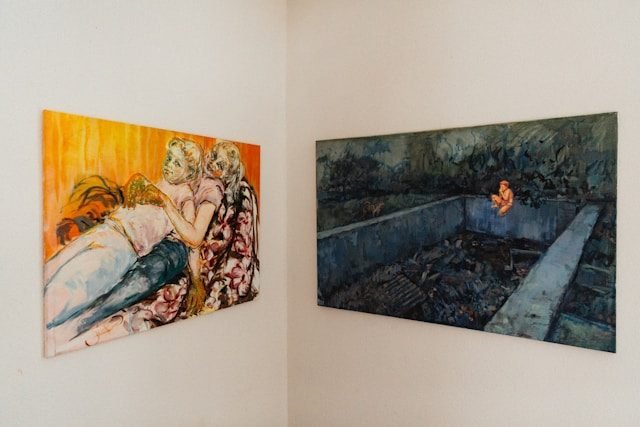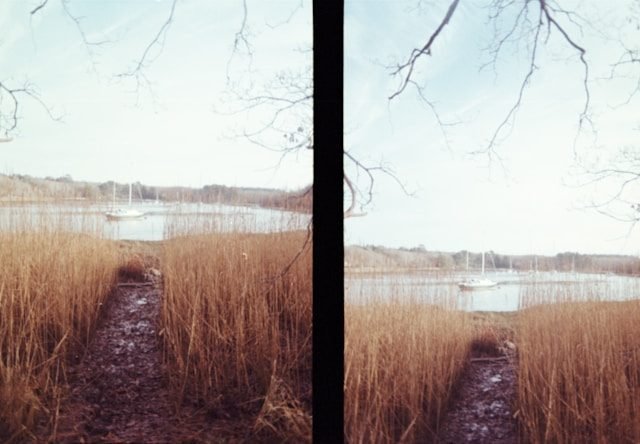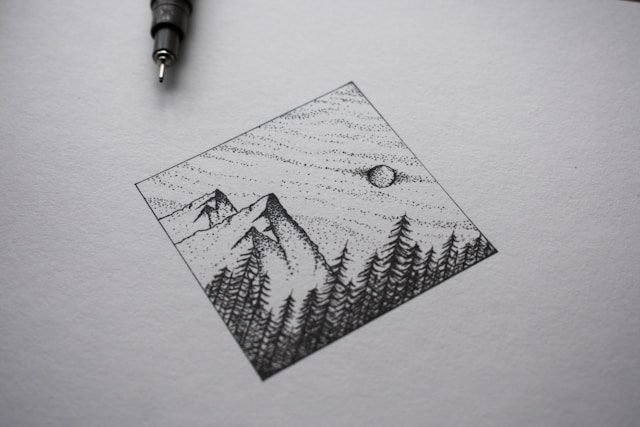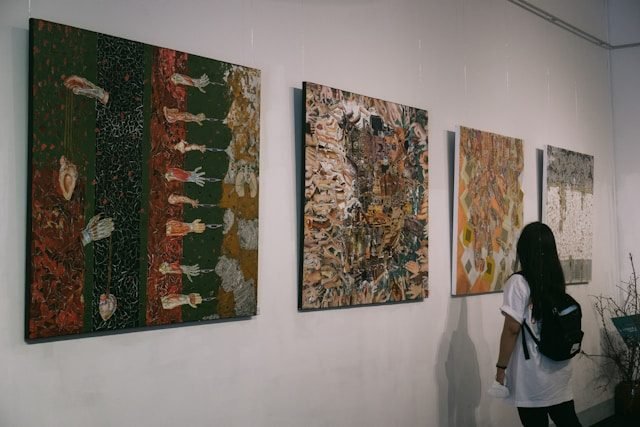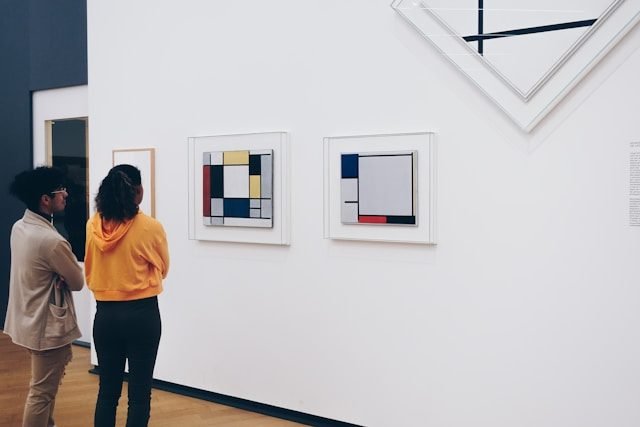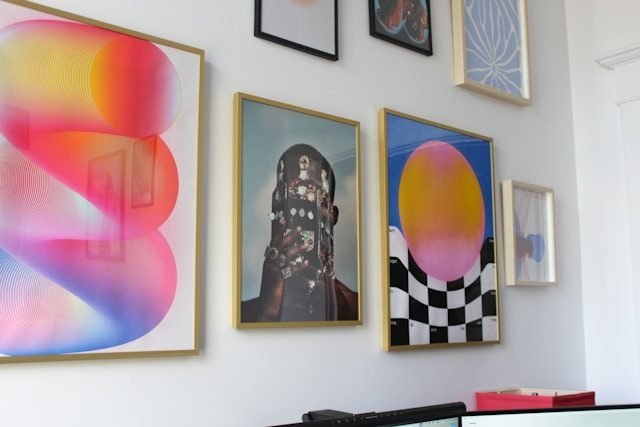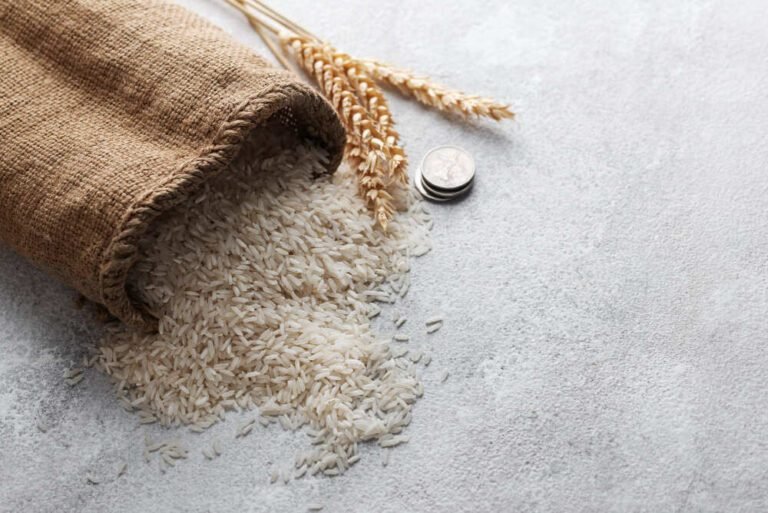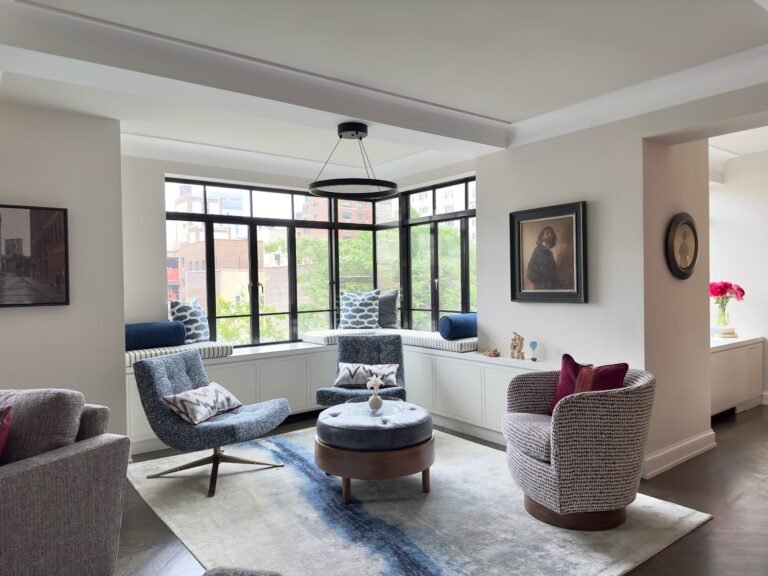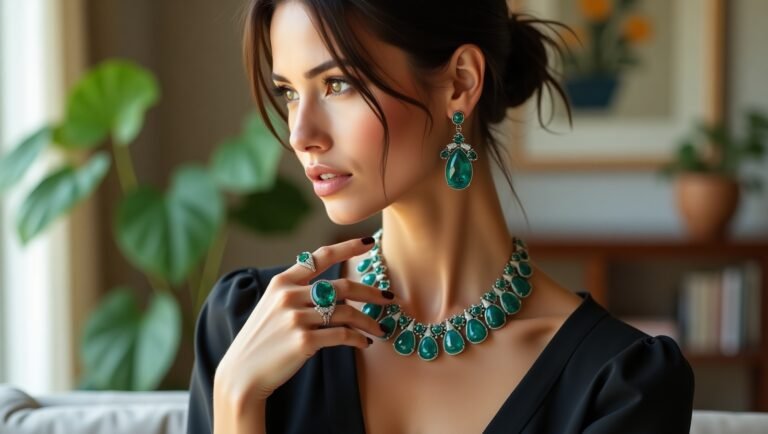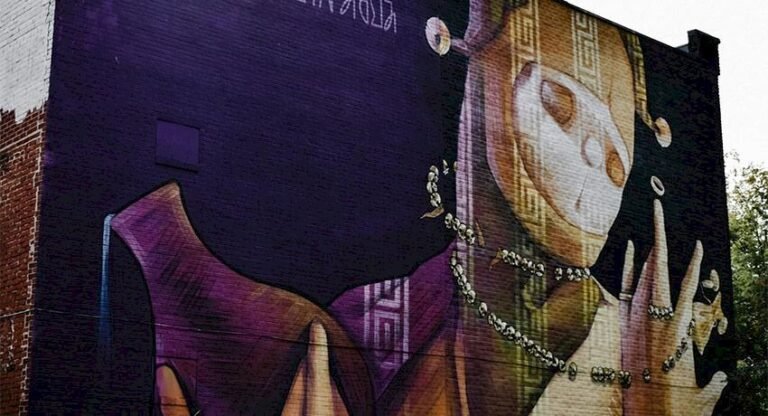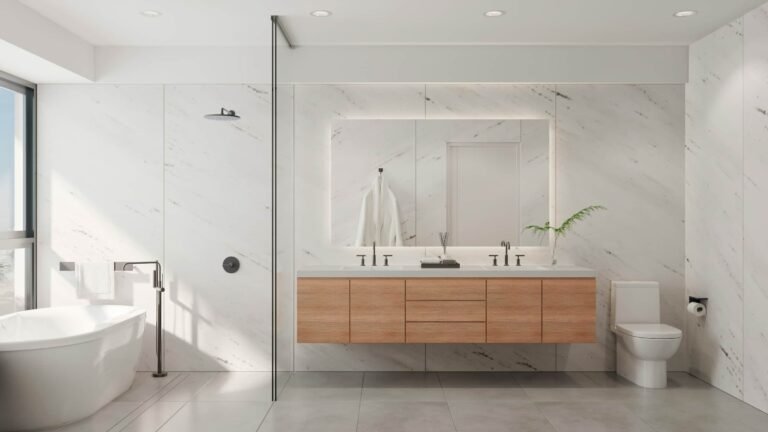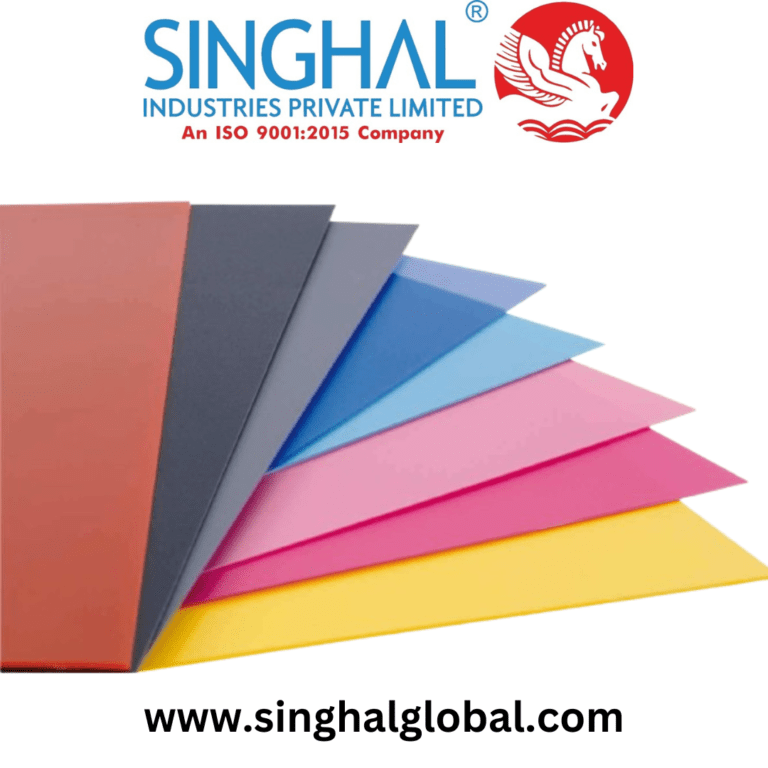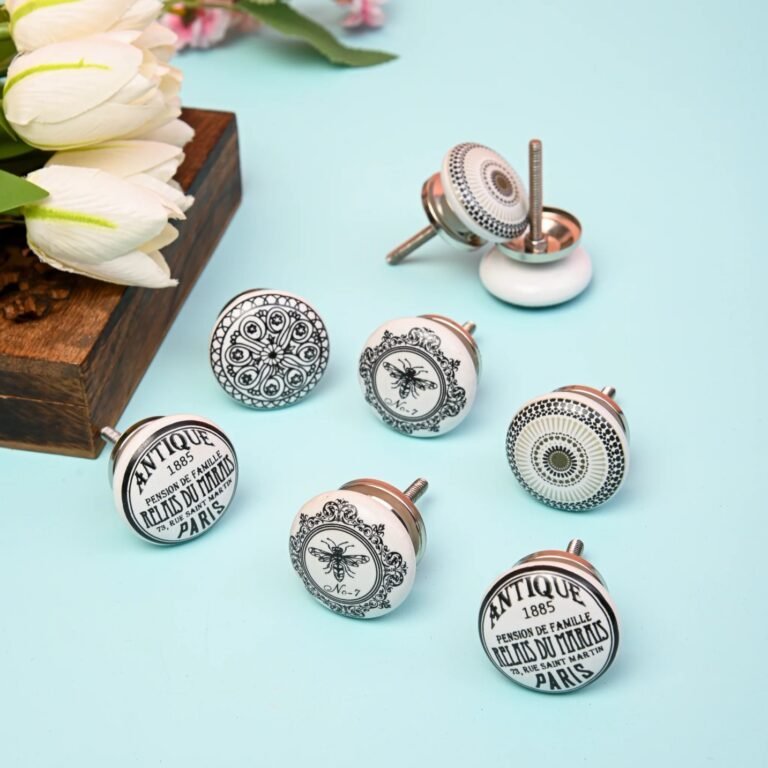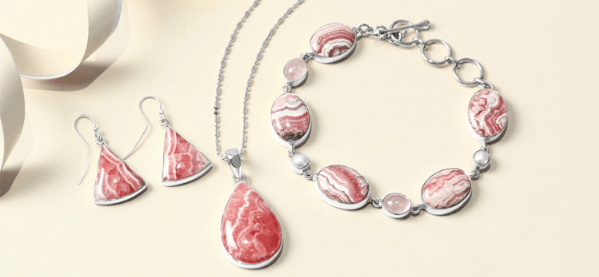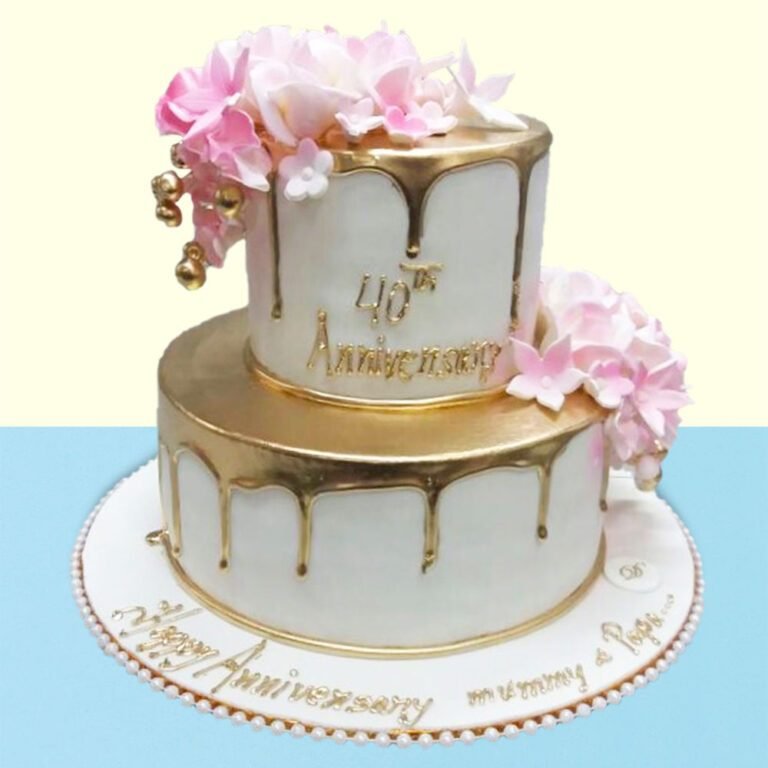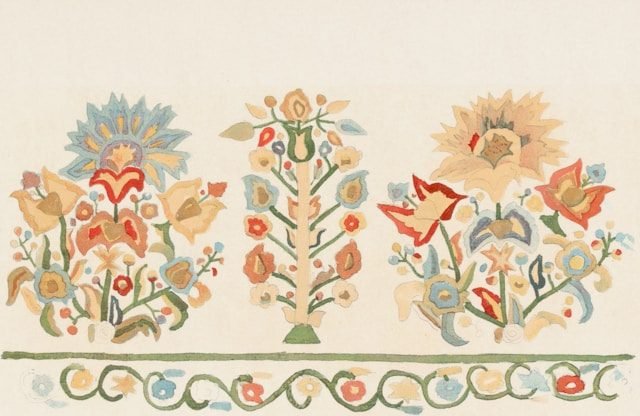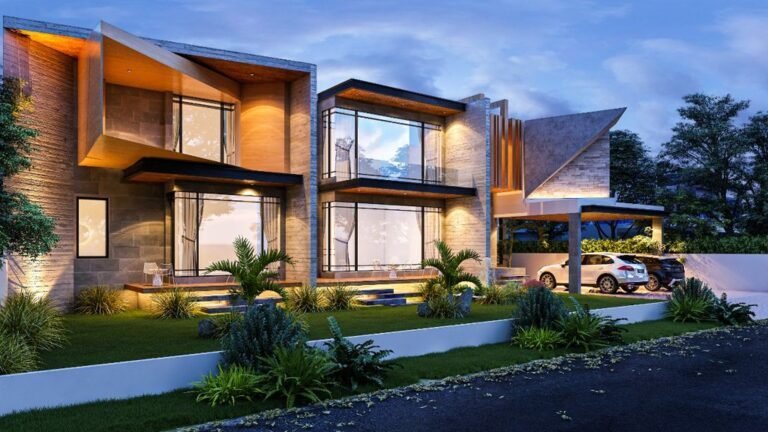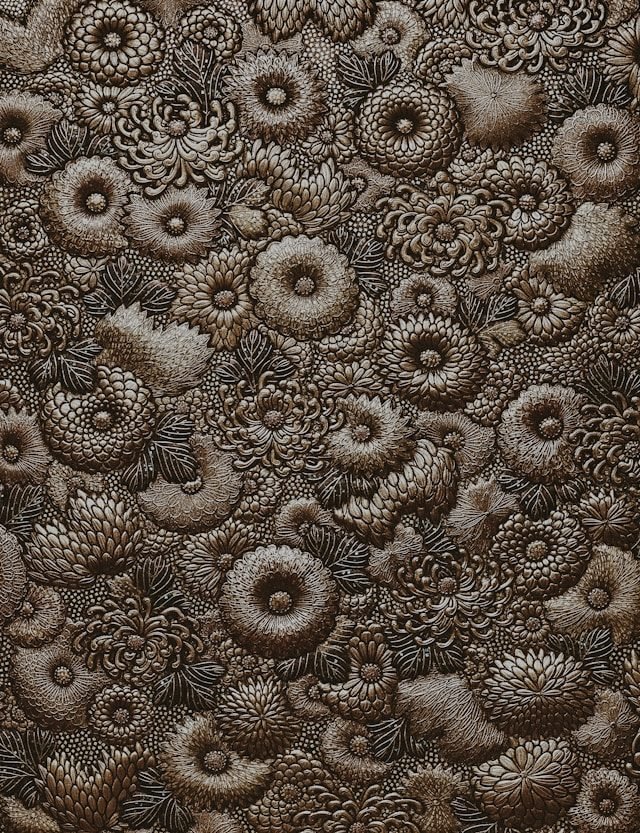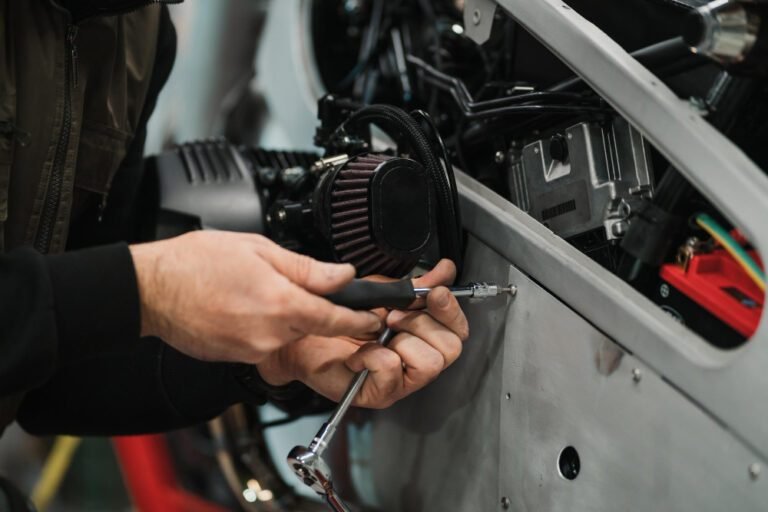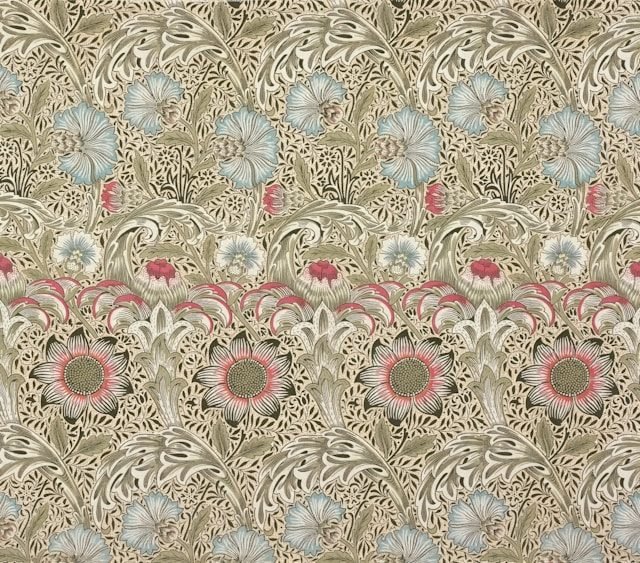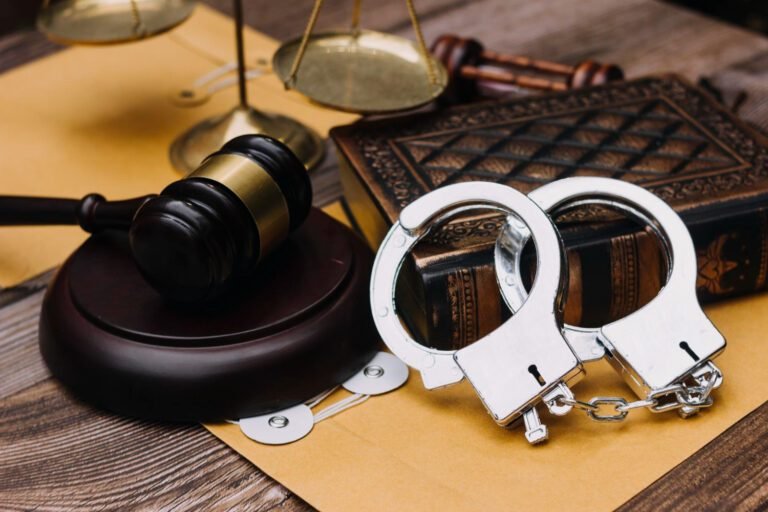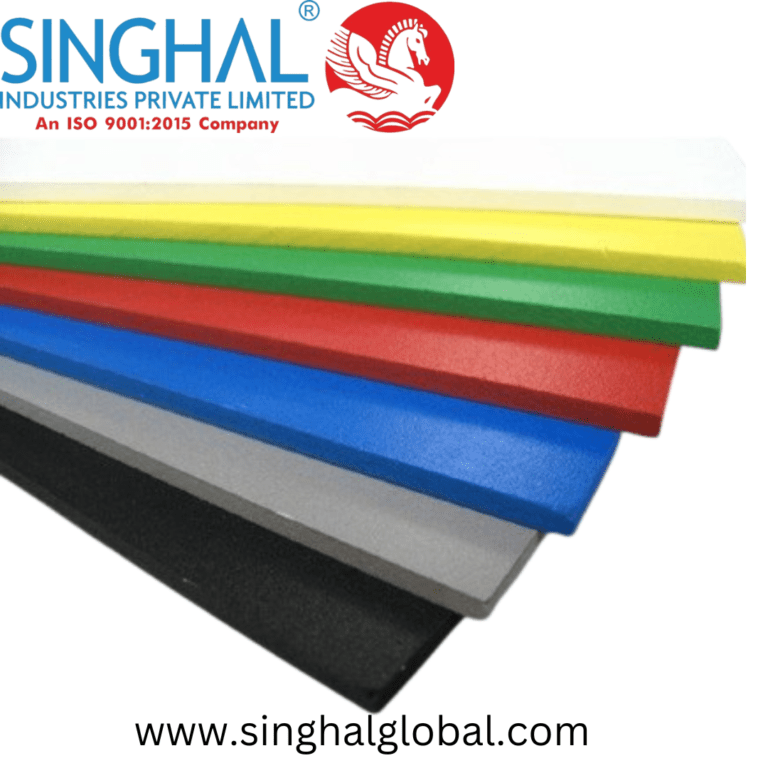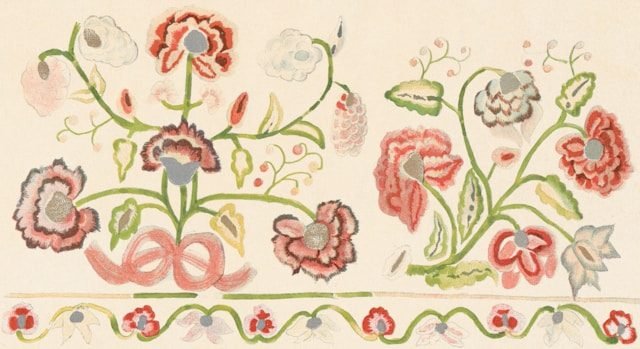Rhythm in art is a fundamental principle that guides the visual flow of a composition, influencing how the viewer’s eye moves across the artwork. Just as rhythm in music refers to a pattern of sounds and silences that create a sense of movement and flow, rhythm in art refers to the repetition or alternation of visual elements to create a sense of organized movement. It is often associated with harmony, balance, and unity in a visual composition. Rhythm helps to establish mood, evoke emotion, and create a dynamic viewing experience, making it one of the core elements of design and composition in visual arts.
Rhythm, in the context of art, is not a tangible element like line, color, or shape, but rather a conceptual one. It emerges from the careful arrangement of visual elements that repeat or vary in a deliberate pattern. These repetitions can be regular or irregular, subtle or bold, symmetrical or asymmetrical. Artists use rhythm to direct the viewer’s attention through the artwork, often leading them toward a focal point or guiding them through a visual narrative. Rhythm contributes to the aesthetic quality of a work, giving it a sense of motion and liveliness, or conversely, a sense of calm and stillness, depending on how it is applied.
There are several types of rhythm in art, each contributing differently to a composition. These include regular rhythm, alternating rhythm, flowing rhythm, progressive rhythm, and random rhythm. Regular rhythm involves the repetition of elements at predictable intervals, creating a stable and structured effect. This type of rhythm is often found in architecture and classical art, where symmetry and proportion are emphasized. Regular rhythm provides a sense of order and discipline, often evoking feelings of calm and reliability. It is frequently used in designs that require clarity and organization.
Alternating rhythm, on the other hand, introduces variety within repetition. This technique involves switching between two or more elements in a consistent pattern, such as alternating colors, shapes, or lines. Alternating rhythm creates interest and complexity while maintaining a recognizable structure. It is a dynamic way to keep the viewer engaged without overwhelming them. This rhythm is particularly effective in decorative art, textile design, and abstract compositions, where contrast and variation are essential.
Flowing rhythm mimics the patterns found in nature, such as waves, leaves, or hair. It is characterized by smooth, curving lines that create a sense of organic movement. Flowing rhythm is often associated with natural beauty and is commonly seen in Art Nouveau, landscapes, and other genres that emphasize harmony with nature. This rhythm tends to evoke feelings of grace and fluidity, allowing the viewer’s eye to move effortlessly through the artwork. It is less rigid than regular or alternating rhythms, offering a more relaxed and intuitive visual experience.
Progressive rhythm refers to the gradual change of elements within a composition. This can involve a sequence of shapes or colors that change in size, intensity, or spacing. Progressive rhythm guides the viewer through a transformation or evolution within the artwork, often suggesting motion or time. It is frequently used in modern and kinetic art, where movement and transformation are central themes. Progressive rhythm can symbolize growth, decay, or transition, depending on the nature of the progression.
Random rhythm, as the name suggests, is created when visual elements are repeated in a haphazard or unplanned manner. Unlike the other forms of rhythm, random rhythm lacks a predictable pattern, resulting in a sense of spontaneity or chaos. This technique is often used in abstract or expressionist art to convey emotion, energy, or disarray. Although it may appear disorganized, random rhythm can still be controlled and intentional, serving as a powerful tool for expressing dynamic and unpredictable emotions.
The techniques for creating rhythm in art are diverse and depend on the artist’s intent, medium, and subject matter. One of the primary techniques involves repetition. By repeating lines, shapes, colors, or textures, artists can establish a visual pattern that leads the viewer’s eye across the composition. Repetition reinforces the rhythm and creates a sense of unity. In painting, for example, an artist might repeat brushstrokes or motifs to build rhythm. In sculpture, repetition of forms or contours can achieve a similar effect.
Another essential technique is gradation, which involves a gradual change in a visual element. Gradation can be applied to color (light to dark), size (small to large), or shape (simple to complex). This technique supports progressive rhythm and adds depth and dimension to the artwork. Gradation helps to avoid monotony in repetition and introduces a sense of movement and transition, enhancing the visual interest of a piece.
Contrast is also used to create rhythm. By juxtaposing different elements, such as light and dark, rough and smooth, or geometric and organic, artists can set up a rhythm of visual tension and release. This dynamic interplay keeps the viewer engaged and can emphasize key aspects of the composition. Contrast-based rhythm is particularly effective in graphic design, photography, and abstract painting, where bold differences heighten emotional and visual impact.
Spacing plays a critical role in establishing rhythm. The distance between repeated elements affects the perceived tempo of the rhythm. Close spacing can create a rapid, intense rhythm, while wide spacing produces a slower, more relaxed rhythm. Adjusting spacing allows artists to manipulate the energy and flow of the composition. In architecture and urban design, for instance, spacing between structural elements or windows contributes to the overall rhythm and aesthetic of a building or environment.
Directionality and the use of movement lines can further reinforce rhythm. These techniques involve arranging elements in a way that suggests direction or motion. Diagonal lines, curves, and overlapping shapes can all create a sense of visual flow. Movement lines are often used in illustration, animation, and dynamic compositions to lead the viewer’s eye and convey action or energy.
The application of rhythm in different art forms varies but remains essential across disciplines. In painting, rhythm helps to organize the composition and control visual movement. Artists like Vincent van Gogh and Claude Monet used flowing and alternating rhythms in their brushwork to evoke emotion and atmosphere. Van Gogh’s “Starry Night,” for instance, is renowned for its swirling, rhythmic patterns that convey turbulence and intensity.
In sculpture, rhythm is often achieved through the repetition of forms and the interplay of light and shadow on three-dimensional surfaces. Sculptors like Constantin Brâncuși and Barbara Hepworth utilized flowing and progressive rhythms in their abstract forms, creating a sense of continuity and movement. The rhythm in sculpture is experienced not only visually but also spatially, as viewers move around the artwork and perceive it from different angles.
Architecture relies heavily on rhythm to create visual coherence and harmony in built environments. Columns, windows, arches, and decorative elements are often arranged rhythmically to guide the eye and establish a sense of order. Classical architecture, such as that of ancient Greece and Rome, is particularly known for its use of regular and alternating rhythms. Modernist architecture, on the other hand, explores progressive and flowing rhythms through innovative use of materials and forms.
In graphic design, rhythm is crucial for creating layouts that are both aesthetically pleasing and functional. Designers use grids, typographic hierarchies, and repeated motifs to establish rhythm and ensure visual clarity. Effective rhythm in graphic design improves readability, emphasizes important information, and enhances user experience. Whether in web design, advertising, or print media, rhythm helps to maintain viewer engagement and direct attention strategically.
Photography captures rhythm through the composition of elements within the frame. Repetition of shapes, lines, or patterns in a photograph can establish a strong visual rhythm. Street photographers, for example, often look for architectural elements or repeated human actions to create rhythm in their shots. The use of light and shadow, perspective, and framing further enhances rhythmic patterns and guides the viewer’s gaze.
Even in textile and fashion design, rhythm plays a vital role. Patterns, prints, and fabric textures create rhythm through repetition and variation. Designers manipulate these elements to evoke mood, movement, and elegance. In traditional textiles, such as African kente cloth or Indian saris, rhythmic patterns often carry cultural and symbolic meanings, connecting visual rhythm with storytelling and identity.
In digital art and animation, rhythm becomes interactive and temporal. Artists and animators use visual rhythm to synchronize motion with sound, build tension, or create emotional arcs. The rhythm of movement, timing, and transitions is essential in creating compelling animations and multimedia experiences. Software tools allow precise control over these rhythmic elements, blending visual design with performance art.
The psychological impact of rhythm in art is profound. Rhythm can influence how viewers perceive time, space, and emotion within a composition. A fast rhythm might evoke excitement, urgency, or chaos, while a slow rhythm can create a sense of calm, contemplation, or melancholy. Rhythm also affects memory and attention—repeated visual patterns help viewers recall and interpret meaning from artworks. This emotional and cognitive engagement makes rhythm a powerful tool in both artistic expression and communication.
Historically, rhythm has been a central concern in many artistic traditions. In ancient art, such as Egyptian murals or Greek pottery, rhythm helped organize narrative scenes and decorative motifs. During the Renaissance, artists like Leonardo da Vinci and Raphael used rhythmic arrangements of figures and landscapes to create harmony and balance. In Eastern art, such as Japanese ink painting or Indian mandalas, rhythm is often associated with spiritual and meditative qualities. In modern and contemporary art, rhythm has been reinterpreted in diverse ways, from the geometric rhythms of Piet Mondrian to the chaotic rhythms of Jackson Pollock’s drip paintings.
In educational settings, teaching rhythm in art helps students understand the importance of structure and movement in composition. Exercises in repetition, pattern-making, and visual sequencing build foundational skills in observation and design. Understanding rhythm also enhances appreciation of art, allowing students and viewers to recognize the deliberate choices behind visual arrangements.
In conclusion, rhythm in art is a dynamic and versatile principle that shapes how we experience visual compositions. It encompasses the repetition, variation, and organization of elements to create a sense of movement and unity. Through different types—regular, alternating, flowing, progressive, and random—rhythm allows artists to evoke emotions, guide the viewer’s eye, and create engaging and meaningful works. The techniques for achieving rhythm are vast and adaptable, ranging from repetition and contrast to gradation and spacing. Whether in painting, sculpture, architecture, photography, or digital media, rhythm remains an essential tool for visual storytelling and design. Its power lies in its ability to connect the viewer with the artwork on both an aesthetic and emotional level, making it a timeless and universal element of artistic expression.
